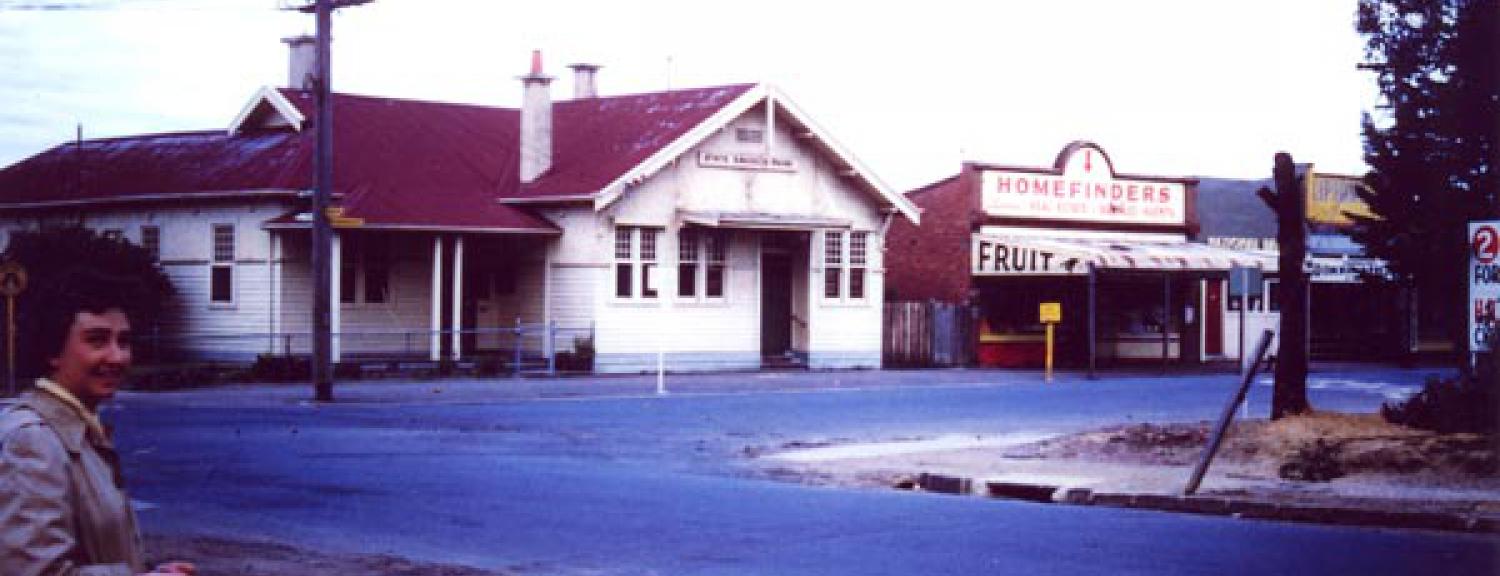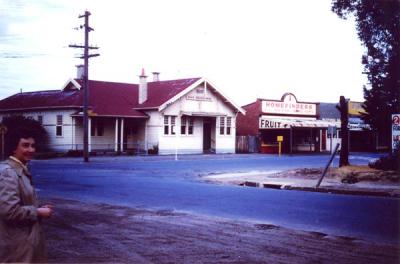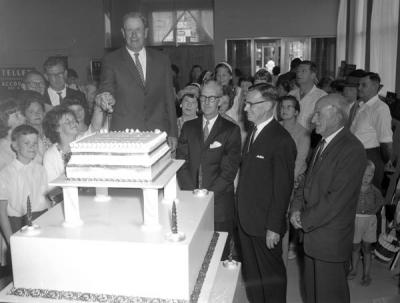State Savings Bank of Victoria on the corner of Charman and Park roads, Cheltenham, c1958. Later became the site of a branch of the Commonwealth Bank of Australia.
Date:
1958
Courtesy:
Barbara Wellock
Collection:
Kingston Collection, City of Kingston



